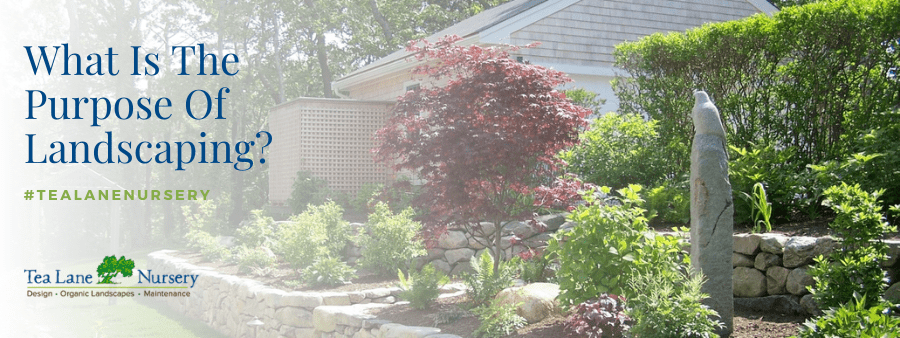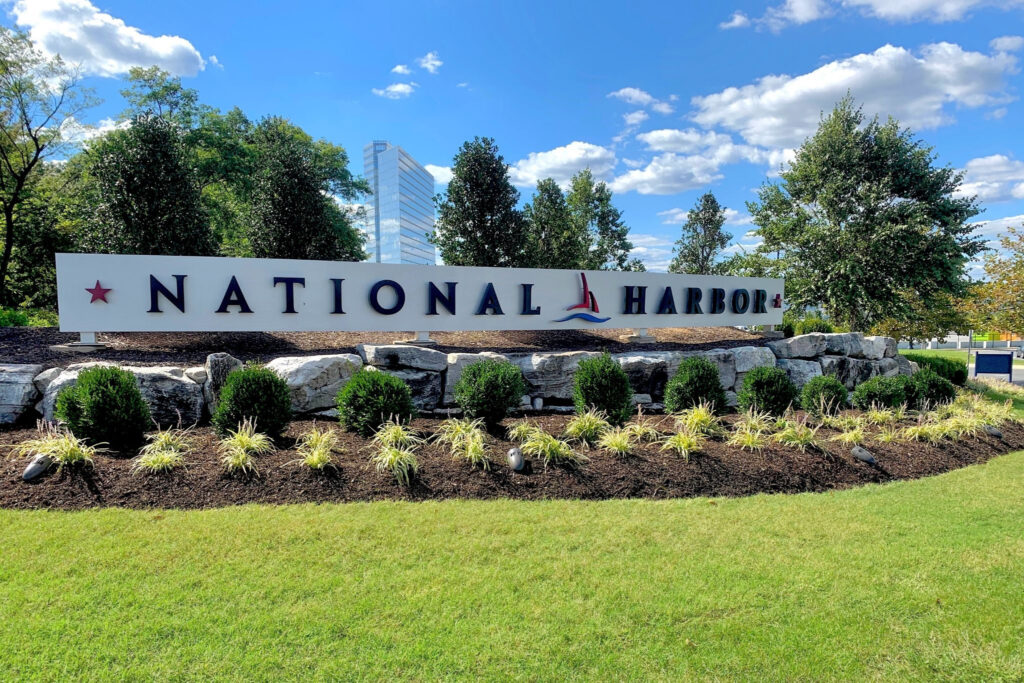Hilton Head Landscapes Fundamentals Explained
Hilton Head Landscapes Fundamentals Explained
Blog Article
How Hilton Head Landscapes can Save You Time, Stress, and Money.
Table of Contents8 Easy Facts About Hilton Head Landscapes ShownA Biased View of Hilton Head LandscapesSome Known Questions About Hilton Head Landscapes.The Best Strategy To Use For Hilton Head LandscapesHilton Head Landscapes for BeginnersA Biased View of Hilton Head LandscapesThe Facts About Hilton Head Landscapes UncoveredHilton Head Landscapes Can Be Fun For Anyone
Type compatibility is likewise a significant component of unity in designone or two noticeably different forms benefit comparison and focus, but normally all other types ought to have some resemblances for an unified look. Structure describes just how crude or great the surface area of the plant or hardscape product feels and/or looks.
Examples of plants with crude texture include philodendrons, agaves, bromeliads, hollies, palms, and hydrangeas. Hardscape with coarse texture consists of rough-cut rock, rough-finished brick, and incomplete timber with knots and a raised grain. Aged or old building product that maintains a weather-beaten surface is commonly coarse in appearance. Attributes that develop fine texture include tiny vegetation; thin, strappy leaves (yards) or high, slim stems; little, dense twigs and small branches; long stems (creeping plants); and little, fragile blossoms.
Hilton Head Landscapes Things To Know Before You Get This
Most plants are medium texture, in that they can not be explained as having either crude or fine appearance. They are defined by medium-sized leaves with simple shapes and smooth sides. The average-sized branches are not densely spaced neither widely spaced, and the general type is commonly rounded or mounding. Medium-textured plants function as a history to link and link the crude- and fine-textured plants.

To make a room really feel smaller sized, put the crude textures along the outer boundary and the great structures closest to the viewer. The detail of the rugged texture makes the plants show up closer and makes the room feel smaller. The regarded structure of plants can also alter with the range from the plant.
About Hilton Head Landscapes
Bold shades increase the comparison and make the structure appear coarser, while low-key colors can squash texture. Hardscape with a coarse texturesuch as really rough rocks and vibrant, large timberstends to make all plant product appear extra medium textured. Designers frequently develop a structure research study (Figure 8) theoretically to aid determine the plan of plant products.
Number 8. Texture research study. Color in plant product and hardscape includes rate of interest and range to the landscape. Color is the most obvious element in the landscape and is generally the focus of a lot of homeowners; nonetheless, it is also one of the most temporary element, generally lasting just a couple of weeks a year for specific plants.
See This Report on Hilton Head Landscapes
A simple summary of the shade wheel includes the three primary shades of red, blue, and yellow; the 3 additional shades (a mix of two primaries) of eco-friendly, orange, and violet; and 6 tertiary shades (a mix of one surrounding main and second shade), such as red-orange. Color theory describes the partnership of colors to each other and exactly how they should be used in a composition.

Similar (in some cases called harmonious) color pattern are any kind of three to five colors that are adjacent on the shade wheel, such as red, red-orange, orange, yellow-orange, and yellow, or blue, blue-violet, and violet (bluffton landscaping). The colors belong to each other since they normally include two primaries blended to develop an additional and 2 tertiary shades, which indicates they share common residential properties
Corresponding shades are often located normally in flowers; a typical set is yellow and violet. Shade is discovered in the blossoms, vegetation, bark, and fruit of plants.
The smart Trick of Hilton Head Landscapes That Nobody is Discussing
Environment-friendly foliage in all its various shades is the dominant color by quantity, but other shades catch focus more easily due to their high contrast to the shade environment-friendly. Color is additionally located in structures, rocks, pavers, timber, and furnishings. Many colors in natural products, such as stone and wood, are usually low-key and have a tendency to be variants of brownish, tan, and light yellow.
Colors have homes that can affect feelings, spatial assumption, light quality, balance, and emphasis. Great colors tend to be relaxing and must be utilized in areas for relaxation and calmness.
The 10-Second Trick For Hilton Head Landscapes
The "temperature level" of colors can also impact the perception of distance. Awesome shades have a tendency to decline and are perceived as being further away, making a room feel larger. Cozy shades tend to advance and are viewed as being better, making a space really feel smaller sized. Color can also be made use of to capture interest and straight views.
Brilliant yellow, which has the highest possible intensity, likewise has a high contrast with all other shades (often described as a "pop" of color) and must be used sparingly. A little quantity of extreme color has as much aesthetic weight as a huge quantity of an extra subdued or weaker shade.
Analogous (often called unified) color pattern are any 3 to 5 colors that are surrounding on the color wheel, such as red, red-orange, orange, yellow-orange, and yellow, or blue, blue-violet, and violet. The colors are related to every various other since they typically consist of 2 primary shades blended to create a secondary and 2 tertiary colors, which means they share usual homes.
The smart Trick of Hilton Head Landscapes That Nobody is Discussing
Complementary shades are typically discovered normally in blossoms; a common pair is yellow and violet. Shade is found in the flowers, vegetation, bark, and fruit of plants.
Environment-friendly vegetation in all its different shades is the dominant color by amount, yet various other colors catch interest extra readily since of their high contrast to the color environment-friendly - Landscaping bluffton sc - https://anotepad.com/notes/s4pn3dek. Color is also discovered in structures, rocks, pavers, timber, and furnishings. A lot of shades in natural products, such as rock and timber, are typically soft and have a tendency to be variants of brownish, tan, and light yellow
Our Hilton Head Landscapes PDFs
Color is a crucial component for developing passion and range in the landscape. Colors have buildings that can affect feelings, spatial assumption, light high quality, equilibrium, and emphasis. One property of shade is defined loved one to temperaturecolors seem trendy visit this site or warm and can influence emotions or sensations. Great shades tend to be calming and should be used in areas for relaxation and serenity.
Awesome shades tend to recede and are regarded as being further away, making a room feel bigger. Shade can additionally be utilized to record attention and straight views - https://on.soundcloud.com/9G2jvdoH5UDcTrYM8.
As an example, intense yellow, which has the highest intensity, also has a high comparison with all various other colors (often defined as a "pop" of color) and must be conserved. A small quantity of intense shade has as much visual weight as a huge amount of an extra controlled or weak shade.
Report this page